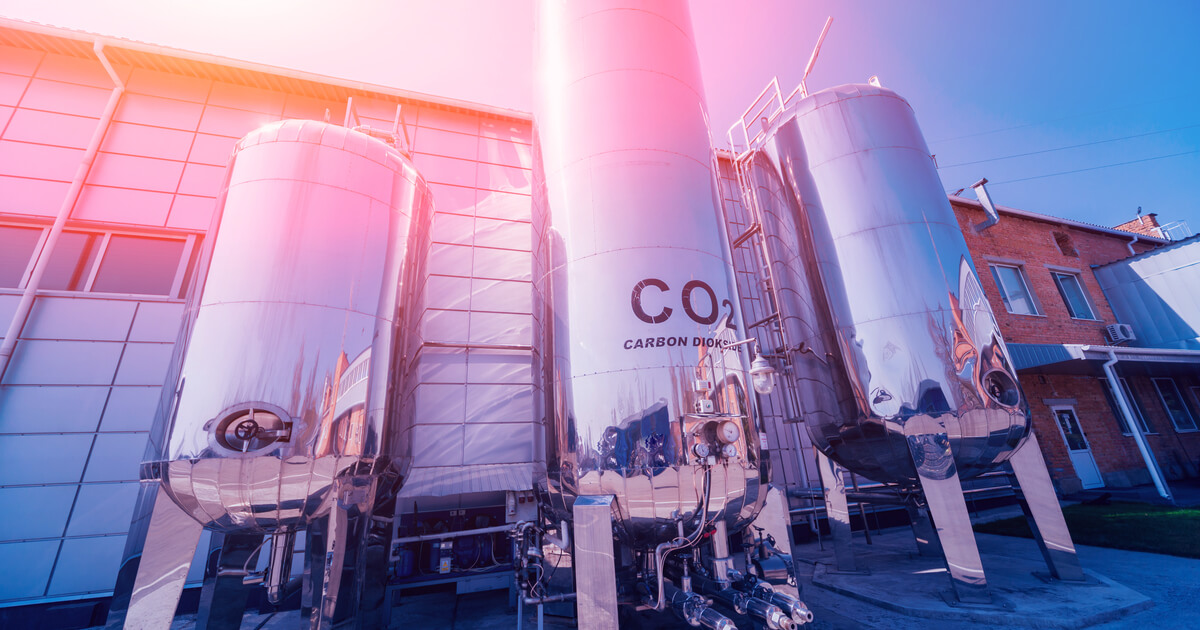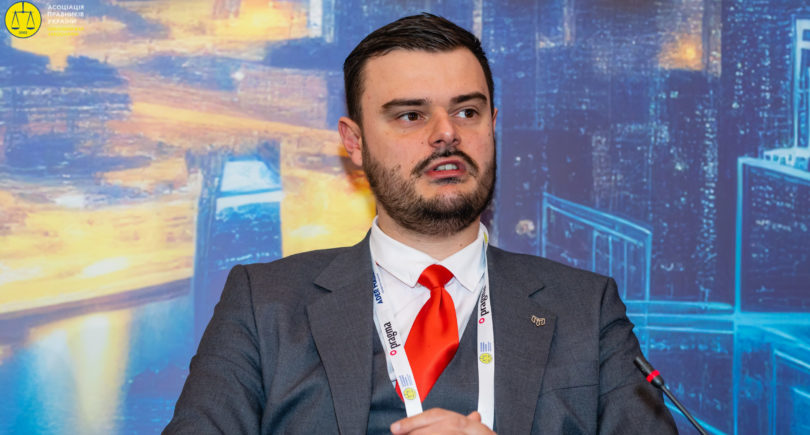
Opinions Global Market CBAM 4449 04 March 2024
14 countries appealed to the European Commission to protect the steel market before the start of CBAM
In mid-February, the European Commission started the process of reviewing the protective tariff quotas on steel imports. This was prompted by an appeal from 14 member states to extend the tariff quotas until 2026. In their appeal, they pointed out that it was necessary to protect the market before the start of the CBAM.
If one expects that the CBAM will restrict imports, this is far from the case.
CBAM was conceived as an instrument of protection. But it is a specific tool.
CBAM does not restrict imports directly. It levels the playing field for European steel companies and importers. With these parameters, it will not be able to produce a result similar to the protective measures.
Let’s look into the future for an example. Spring 2027. The global picture has not changed compared to today. Overcapacity in China has been joined by overcapacity in India, the MENA countries. Steel companies from Japan and South Korea, with similar CO2 emissions to European competitors, are increasing exports to Europe. MENA producers have an advantage over BF-BOF producers from Europe by offering low-carbon products. Imports are increasing uncontrollably.
Case is in point, that:
- Today, carbon payments are not a significant competitive factor in the European market. Local stilmakers do not bear a significant burden of carbon payments. If such a burden grows, it will proportionally grow for local producers and importers. That is, no one will get an advantage.
- The CO2 emissions of local producers are only slightly different from global ones. Again, Europeans do not get an advantage over importers.
Long steel capacity is dominated by electric arc furnace technology (EAF), where carbon intensity is no higher than 0.4 tons of CO2 per ton of steel (scope 1). And this is not only in the EU, but also in importers. The EU weighted average is 0.255 tons of CO2 per ton of steel. So the advantage of the Europeans is not so great.
The costs of European producers to buy emission quotas will increase in proportion to the growth of importers’ payments under the CBAM. In 2022, free allowances covered 84% of emissions of European EAF producers. That is, with the implementation of the CBAM, the costs for local and for importers will increase almost equally. Conventionally, margins will remain status quo.
In other words, CBAM payments will not give advantages to European producers of long products. This means that without protective quotas, imports can flood into the EU market. Some countries’ quotas, such as Türkiye’s for rebar in 2023, have been poorly utilized. But the quota of other countries for wire rod in Q1 2024 was chosen in a day. So were the quotas of other countries for bars. Without these restrictions, imports would definitely have been higher.
Part of imports of long products could have been produced by blast furnace – converter (BF-BOF) technology. Such products will be uncompetitive on the EU market after the introduction of CBAM. In the absence of protective quotas, it could be substituted by supplies from other countries, and European producers would not benefit from it.
The situation is similar in the flat steel market. For integrated steel producers (BF-BOF), the costs of carbon payments will increase in the same way as for imported products, since in 2022 free allowances covered up to 93% of emissions of integrated producers. This situation sets the stage for the amounts of CBAM and ETS payments to be shifted to the buyer. This will give both local producers and importers additional margins, which will only increase the attractiveness of imports.
The CBAM is intended to protect the EU market from gray steel, but it will not be able to limit imports of low-carbon products. Such projects are being actively developed in MENA with the aim of exporting to Europe.
Import pressure will be felt not so much in volumes but in prices. The European industry is stagnant and the situation will not change fundamentally. Having entered the market protection system, it is practically impossible to get out of it without negative consequences for the steel industry. Especially now, when a number of new steelmaking projects have been announced in many regions, which will most likely lead to an increase in the level of overcapacity around the world.
Therefore, we believe that even if the current tariff quota system is not extended beyond 2026, it should be replaced by another similar design, another legal mechanism that will restrict imports. For example, it could be a «special duty,» active anti-dumping investigations against any counterparty that increases exports, or other innovative ways.
Can CBAM be twisted to be a barrier to imports? We believe not anymore. Such concerns were there at the design stage of the mechanism. The risk was an uneven application of CBAM. For example, if free quotas for local producers would have been retained, but importers would have to pay payments for the entire volume of emissions.
The mechanism of export subsidies under CBAM is regularly discussed, although it is more a matter of the ETS mechanism. There is a high likelihood of this type of subsidy being applied here. It could work like a refund of export VAT. The company makes a VAT payment but then files a return and gets a refund. The more similar mechanism works for offsetting indirect carbon costs embedded in the price of electricity consumed.
The use of other types of EU subsidies to steel producers to improve their margins and competitiveness is also very likely. We have already seen active energy subsidies during the period of price increases. Or financing part of capital investments, which is blessed for green or energy saving projects.
The Ukrainian steel industry, being a part of the European one, will definitely lose from the inflow of imports to the European market. However, not being a member of the European Union, Ukraine has no possibility to apply such support measures for the steel industry.
When the system of protective quotas was introduced in 2019 on the basis of country quotas, Ukraine lost quite significantly in the supply of pipes, shapes, long products. Today, Ukraine is exempt from the protective quotas when supplying steel products to the EU. This gives advantages in a number of segments and an opportunity to trade more actively with Europe in the absence of other alternatives.
It is extremely important that the decision to exclude Ukraine from the protective quotas be extended. Otherwise, for such products as hot-rolled coil, Ukraine will fall into the quota of other countries together with Asian countries, which accounted for 53.6% of steel imports to the EU in 2023. It is extremely difficult to compete within the quota of other countries, and the volume of quarterly quotas is used up in one day. Not to mention the supply of other products.






